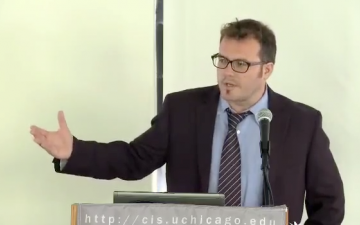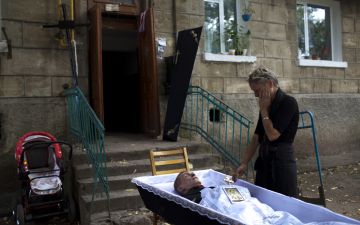Samuel Loewenberg ventures to Guatemala to survey the underlying issues of the Central American country's extreme poverty. There, income inequality equals the worst in Africa - particularly among indigenous communities. In some regions, an estimated 75 percent of the children from infants to the ages of 6 and 7 are chronically malnourished. It is a startling example of food scarcity in a country a mere four-hour flight away from the U.S.
Loewenberg also explores Guatemala's close economic ties with the U.S. as Guatemalan workers are being driven out due to immigration crackdowns and the reverberating economic crisis. Many Guatemalans are dependent on remittances sent from the U.S. and experts now worry that the country is facing a demographic time bomb as men return home from the U.S. without work or prospects.






